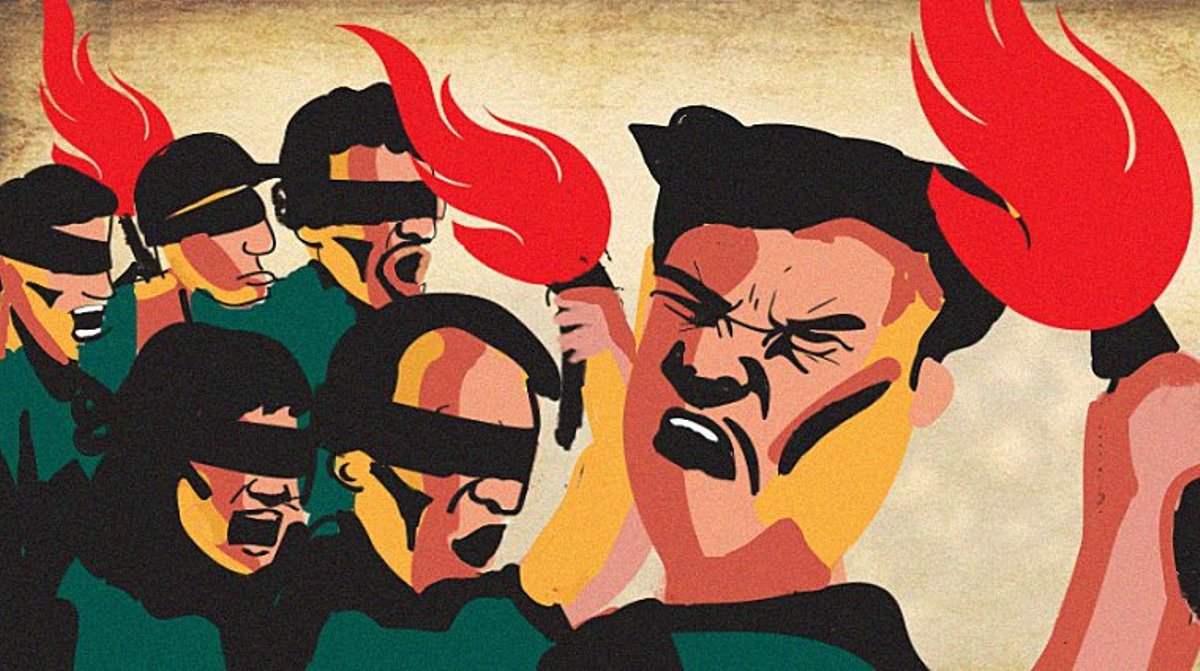Social reform movements

The caste system was one of the crucial barricades of the economy in the then Hyderabad State
he caste system in India evolved over the centuries, and distinct castes and tribes emerged owing to varied historical, religious and cultural factors. In Indian history, those referred to as slaves, chandal, panchama and untouchables, belonged to depressed castes and were subjected to various forms of oppression. They continued to be called untouchables and Dalits in modern times and primarily depended on hereditarily acquired caste-based occupations and agricultural labour.
The feudal system in Telangana, which was ingrained in the caste system, contributed to further exploitation and made the lives of the Dalits — Madiga and Mala communities — more miserable. The association between caste structure and economy became a barrier to social and economic betterment of Dalits.
Dalits eked out a living mainly as servants (palerlu, jeetagadu) and bonded labour (vetti labour) of the landlords. The traditional occupation of the Malas was as agricultural labourers for Hindu caste land-owning communities and thus, they became the ‘backbone of the agricultural labour force’ in colonial Andhra. Similarly, the caste-defined traditional occupation of the Madigas was leather work and making footwear. But most of them also worked as agricultural labourers.
Moreover, the social distribution of landed property closely corresponded to the caste hierarchy, wherein the Brahmin and Sat-Shudra communities like the Reddy, Kamma, Kapu, Velama, etc, had considerable access to land and other economic resources, while Dalits were compelled to work mostly as field labourers. An examination of the available census data on caste and occupation indicates that the Mala and Madiga communities constituted the bulk of the agricultural labour force and worked as farm servants, palerus and casual workers. Very few of them possessed land.
The Hyderabad State — during the Nizam, witnessed the rise of new social classes due to social and economic development during the last two decades of the 19th century. Modern education, urbanisation and employment opportunities provided fillip to new consciousness among the downtrodden/oppressed classes. Social reform movements and outbreak of identity struggles, revolts/protest movements of Dalit, Bahujan and Adivasis contributed to rise of new consciousness among the downtrodden sections in British India.
Similarly, there were several movements of peasants and Adivasis against the oppressive Nizam and the feudal system in Hyderabad State. Also, several social reform movements as well as language and cultural movements emerged, more particularly in the first decade of the 20th century of Hyderabad State. Educational efforts by Christian missionaries and employment opportunities in urban areas partly helped social and economic improvement among the Dalit Bahujan sections.

Adi Hindu movement and Bhagya Reddy Varma:
Seeds of the Dalit movement in the Nizam State were sown in the first decade of the 20th century. The rise of new awakening in Telugu society helped the growth of identity and self-respect movements. Social reform movements, led by Arya Samaj and Brahma Samaj in Hyderabad Samasthanam, gave new enthusiasm to the Dalit movement. The movement in Hyderabad also enjoyed support and encouragement of social reformers from upper castes. Madapati Hanumantha Rao, Suravaram Pratapa Reddy, Vaman Nayak, Raja Dhanraj Giri, Roy Bal Mukund, among others, provided support to the Dalit movement in Hyderabad.
Bhagya Reddy Varma (1888- 1939), popularly known as ‘Father of Dalit Movement’ in the Nizam State, was influenced by social reform movements of Brahma Samaj and Arya Samaj. He condemned the caste and Hindu value system and built an independent Dalit movement.
Jagan Mitra Mandali, established in 1906 under his leadership, provided inspiration to the Dalit awareness in Telangana region. What started as Dalit awareness around hundred years ago in Hyderabad city, gradually evolved and contributed to a prominent Dalit identity and self-respect movement. It was Bhagya Reddy Varma who provided the ideology, vision and thought required for liberation of Dalit communities from age-old exploitation, oppression and humiliating social ostracism perpetuated by upper castes — and thus, rightly may be called the founder of all Dalit movement in Telugu land/society.
The Hyderabad State — during the Nizam, witnessed the rise of new social classes
due to social and economic development during the End of 19th century
To be continued…
Prof. Adapa Satyanarayana
Retired Professor,
Department of History, OU
Ph. 9573405551
Latest Updates
దేశంలో ‘జీవన వీలునామా’ నమోదు చేసిన మొదటి హైకోర్టు?
క్యారెట్ మొక్క ఎన్ని సంవత్సరాలు జీవిస్తుంది?
ప్రపంచ ప్రసిద్ధి అగాధాలు – ఐక్యరాజ్యసమితి లక్ష్యాలు
అణు రియాక్టర్లలో న్యూట్రాన్ల వేగాన్ని తగ్గించేందుకు ఉపయోగించే రసాయనం?
దేశాల అనుసంధానం.. వాణిజ్య అంతఃసంబంధం
కణ బాహ్య జీర్ణక్రియ
ఇంటి పని వద్దన్నవారు.. స్వీయ శిక్షణ ఉండాలన్నవారు
జీవావరణ వ్యవస్థకు కావలసిన మూలశక్తి దారులు?
మౌజియన్ అనే గ్రీకు పదానికి అర్థం?
సమాజ మేధో కేంద్రాలు.. నాగరికతకు చిహ్నాలు






